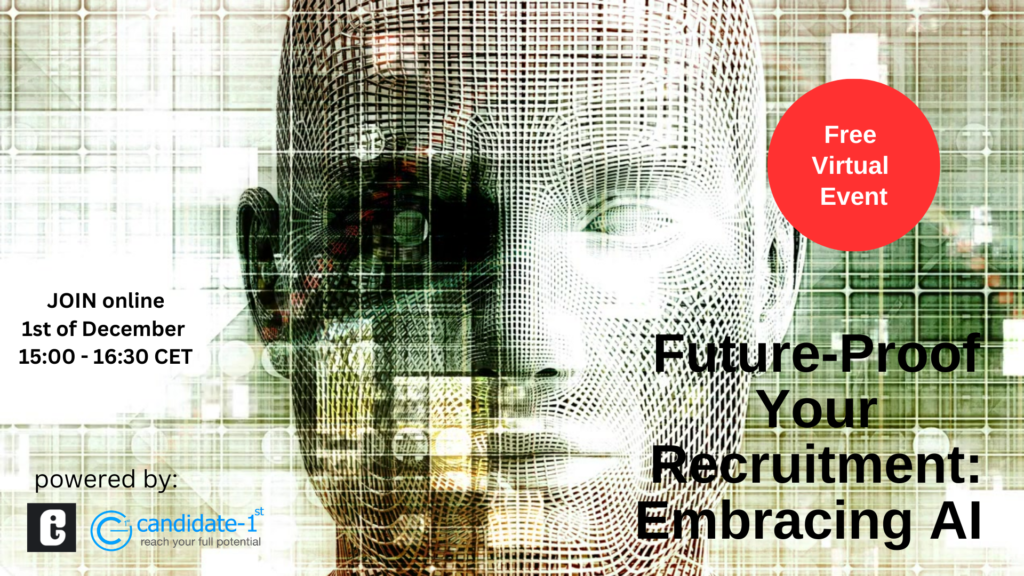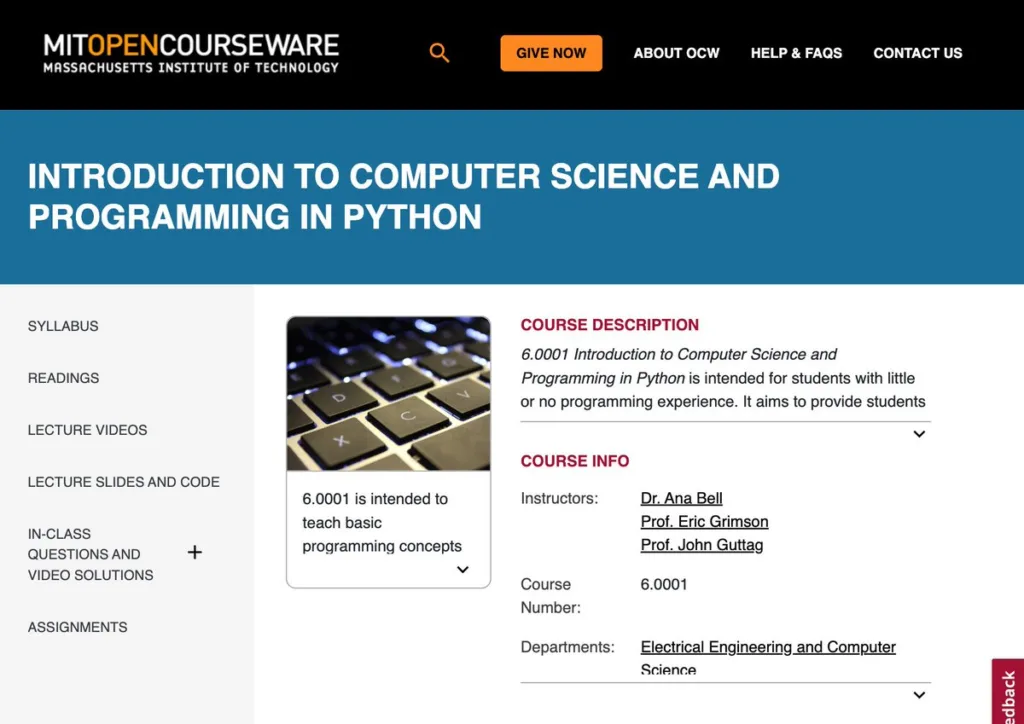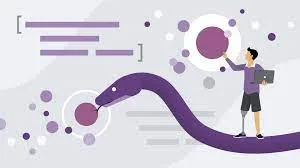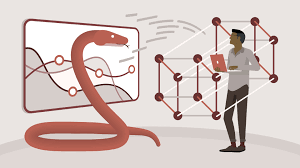Future Proof Your Recruitment Embracing AI
Join us for an eye-opening webinar where the future of talent acquisition unfolds through the lens of AI and technology. GAITT, the Generative AI Think Tank, collaborates with Candidate-1st to offer you a session packed with insights, strategies, and forward-thinking approaches to recruitment. Why Attend? Embrace the Tech Wave: Learn how integrating AI […]
Future Proof Your Recruitment Embracing AI Read More »










